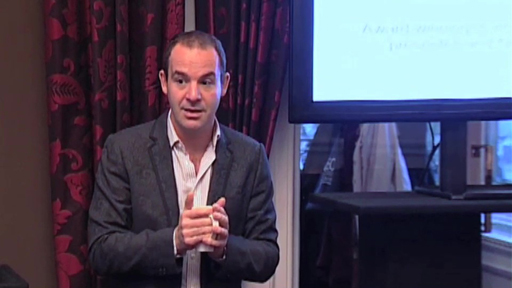4.1 Personal debt
In the video Martin Lewis – money saving expert and media adviser on financial management – engages in a discussion with an audience about good and bad debt.

Transcript
Debt is a topical issue, and for many households a sensitive and problematic one. But it’s necessary to take a measured approach and recognise, as Martin Lewis demonstrates, that all debts are not bad debts.
Debt arises when we borrow money, and there are many forms of borrowing – from credit card debt to bank overdrafts, bank loans, student loans (to finance higher education) and mortgages (to finance the purchase of property or land). Debt can be used to provide finance for everything from day-to-day spending (you’ll be aware of the growth in recent years of ‘payday’ loans) to holidays and to items we use over a number of years, such as furniture, cars and our homes.
Since 1993 the aggregate (total) value of personal debt has risen 3.5 times to a total of £1.56 trillion. The vast majority – around 87% – of this is ‘secured debt’, money lent against the security of property or other assets that the lenders can take possession of if the borrower fails to repay the money that has been lent to them. The rest is unsecured debt, which since the late 2000s has actually fallen slightly in aggregate value.
The UK has seen some dramatic swings in interest rates in recent decades – from the highs of the early 1980s to the historic lows we’re currently witnessing. So getting to grips with the factors that determine how much we have to pay on our debts is an essential aspect of financial planning.
